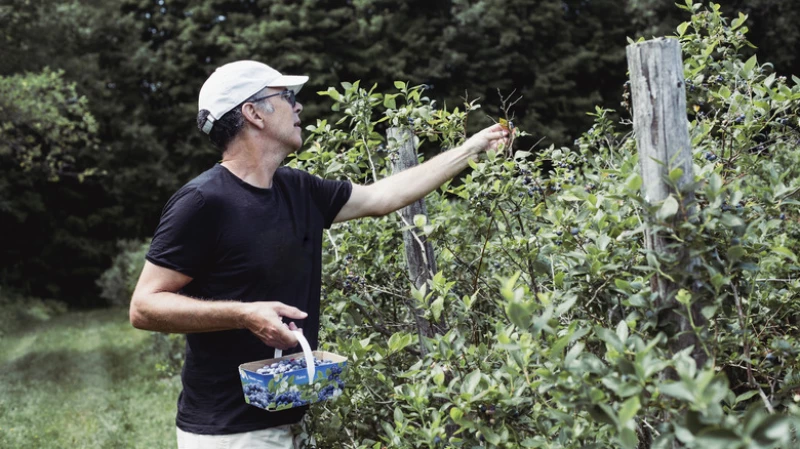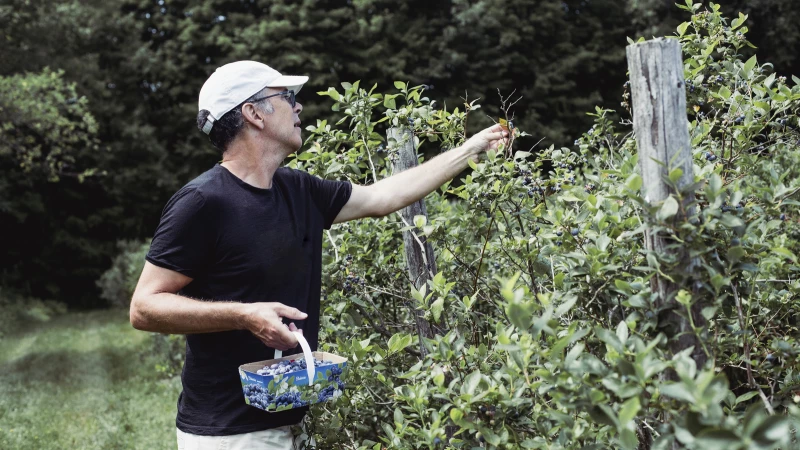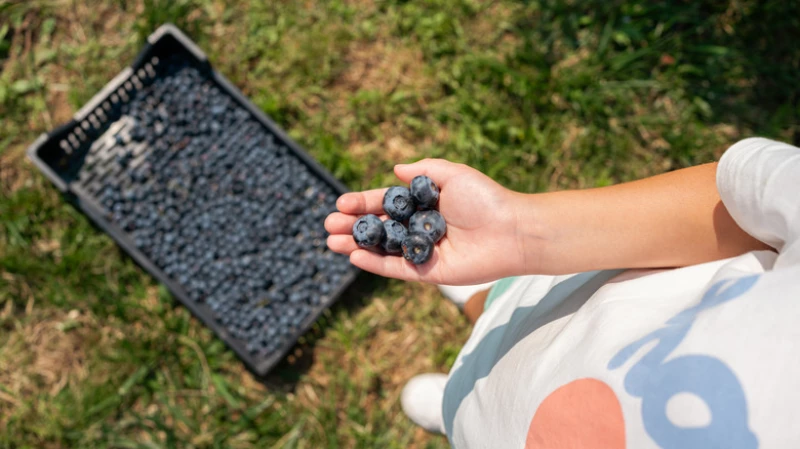Growing Blueberry Bushes: The Importance of Proper Spacing
Thinking of growing blueberry bushes? It's a fantastic choice! However, before you dive in, there's one crucial factor you must consider: proper spacing. While it may seem like a minor detail, it actually plays a significant role in the success of your plants.
According to the U.S. Highbush Blueberry Council, spacing is key when it comes to growing healthy blueberry bushes. If you want a dense, hedge-like growth, it's recommended to plant the bushes about 2 to 2.5 feet apart. This close proximity will allow the plants to grow together, creating a beautiful, compact hedge.
On the other hand, if you prefer individual, standalone bushes, you'll need to give them more room to grow. Aim for a spacing of 6 feet between each bush, allowing them to develop fully and showcase their individual beauty.
In addition to spacing between the bushes, it's also important to consider the spacing between the rows. For optimal growth and easy maintenance, leave a gap of 8 to 10 feet between each row of bushes. This will provide enough space for air circulation, sunlight penetration, and efficient harvesting.
So, whether you're planning to create a lush blueberry hedge or a collection of stunning standalone bushes, remember that proper spacing is key. By giving your blueberry bushes the right amount of space, you'll ensure their health, growth, and overall success.
Exploring blueberry bush varieties

When delving into the world of blueberry bushes, it's fascinating to discover the wide range of varieties available. Blueberries come in various shapes and sizes, offering a multitude of options for your garden. For smaller spaces, varieties like the 'Sunshine Blue' are ideal as they don't spread out as much. Understanding the characteristics of your chosen variety is crucial for successful blueberry cultivation.
Blueberry bushes have a unique ability to self-pollinate to some extent, meaning that even a single bush can produce berries. However, if your garden allows for it, it is recommended to plant multiple bushes. This encourages cross-pollination, a process that often results in larger berries and a more abundant harvest.
When it comes to planting blueberry bushes, there are a few key factors to consider for their thriving growth. It's not just about spacing and watering. Soil condition is crucial, with blueberries thriving in soil with a pH ideally between 4.5 and 5.5. If your garden's soil is not naturally acidic, you can adjust it with soil amendments or choose a specialized potting mix containing ericaceous compost for container gardening. Additionally, sunlight is essential for blueberries to produce the best fruit, so make sure to choose a spot that receives ample sunlight every day. The beauty of blueberry bushes lies in their versatility, making them suitable for any garden size or layout.
Key factors for a thriving blueberry bush
Caring for a blueberry bush goes beyond just planting and watering. To help your bushes flourish, there are a few key factors you should keep in mind. First up is soil condition. Blueberries love soil with a pH ideally between 4.5 and 5.5. This acidity is crucial for them to absorb nutrients effectively. If your garden's soil isn't naturally acidic, don't worry. You can adjust it with soil amendments or choose a specialized potting mix containing ericaceous compost if you're growing in containers. Sunlight is another big player in the blueberry game. These plants need enough sun to produce the best fruit, which means a spot that gets lots of sunlight every day.
Watering Tips for Blueberry Bushes
When it comes to watering your blueberry bushes, it's important to find the right balance. These bushes prefer moist, well-drained soil, so consistent watering is necessary. However, it's crucial not to overwater them, as this can be just as harmful as underwatering.
To ensure the soil stays moist without becoming waterlogged, it's recommended to regularly check the soil. It should feel damp but not soggy. One helpful tip is to apply a layer of mulch around your bushes. This not only helps maintain soil moisture but also regulates the temperature and prevents weed growth.








